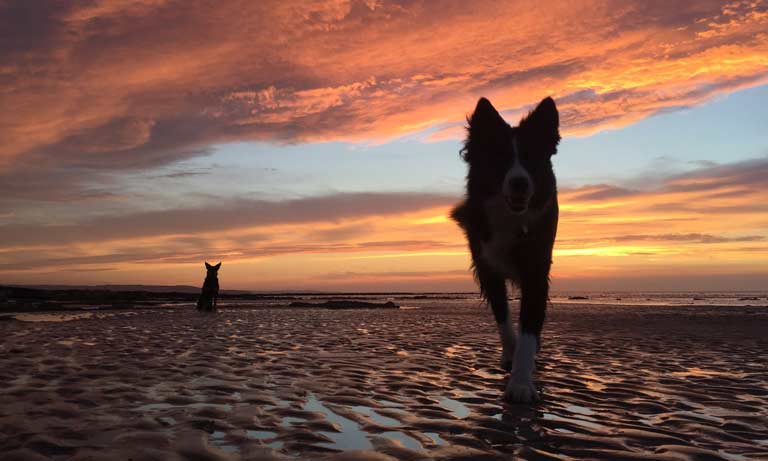Sunscreen, shade and sunset walkies: Vets issue urgent heatwave advice as temperatures set to rival 2018 record
15 Jul 2022
There has been an increase in reports of toxic blue green algae in several locations across the UK this summer. We are advising pet owners to take extra precautions while walking their dogs in the vicinity of affected water bodies.

With an increase in reports of toxic blue green algae in several locations across the UK this summer, we are urging pet owners to take extra precautions while walking their dogs in the vicinity of affected water bodies.
The warning also comes on the heels of tragic news from North Carolina, US, where three dogs on a play date died just hours after swimming in an affected pond.
Blue green algae blooms may appear as green or greenish-brown scum on the surface of water and can contain toxins that can be harmful for animals if ingested, even in small quantities. Dogs can swallow this algae by drinking water from an affected lake, river or pond or while licking their fur after going for a swim.
Symptoms of exposure can appear within a few minutes or hours, depending on the type of toxin ingested, and commonly include: vomiting, diarrhoea, drooling, disorientation, trouble breathing, seizures and blood in faeces. If left untreated, it can cause liver damage and ultimately be rapidly fatal.
The presence of blue green algae has been confirmed in water bodies in Southampton and Fleet in Hampshire, Edinburgh and Elgin in Scotland, Cornwall, Leicestershire, Derbyshire, and Lincolnshire, among other locations, this summer.
“We know that some dogs enjoy nothing better than a paddle in a cool lake while on a walk during summer months, but my advice to pet owners would be to keep your dog on a lead during walks near water confirmed to have toxic algal blooms. While not all blue green algae are poisonous, it is impossible to tell the difference visually, so it is better to be safe than sorry.
“There is currently no known antidote for the toxins, so prompt veterinary treatment is essential to tackle their effects and ensure a good chance of recovery. If you suspect your dog has been exposed to blue green algae, rush it to your local vet without delay."
Get tailored news in your inbox and online, plus access to our journals, resources and support services, join the BVA.
Join Us Today